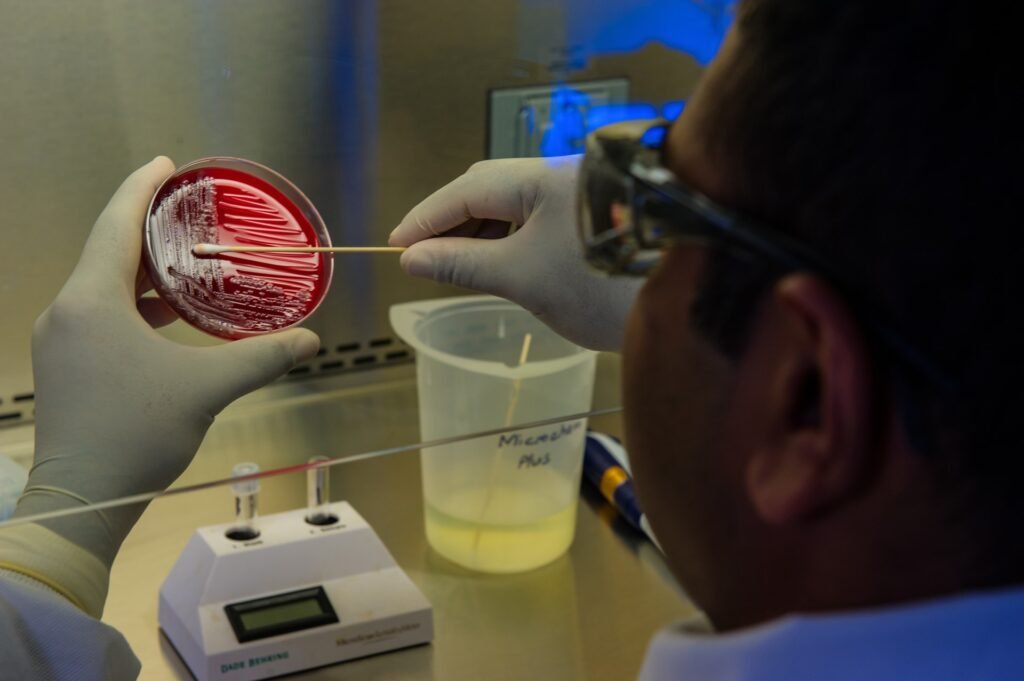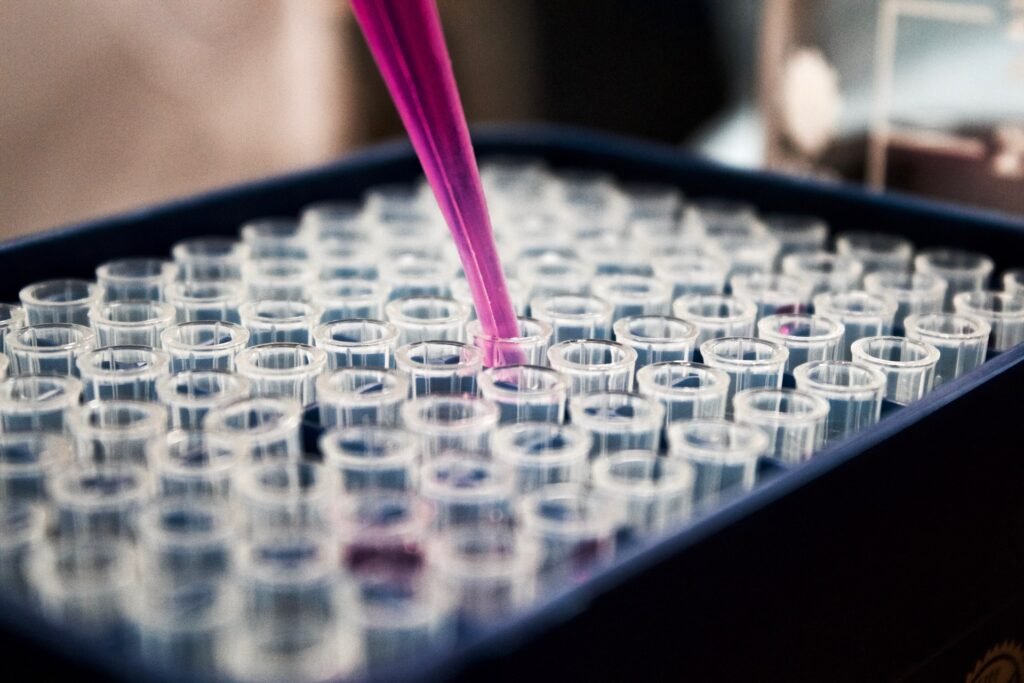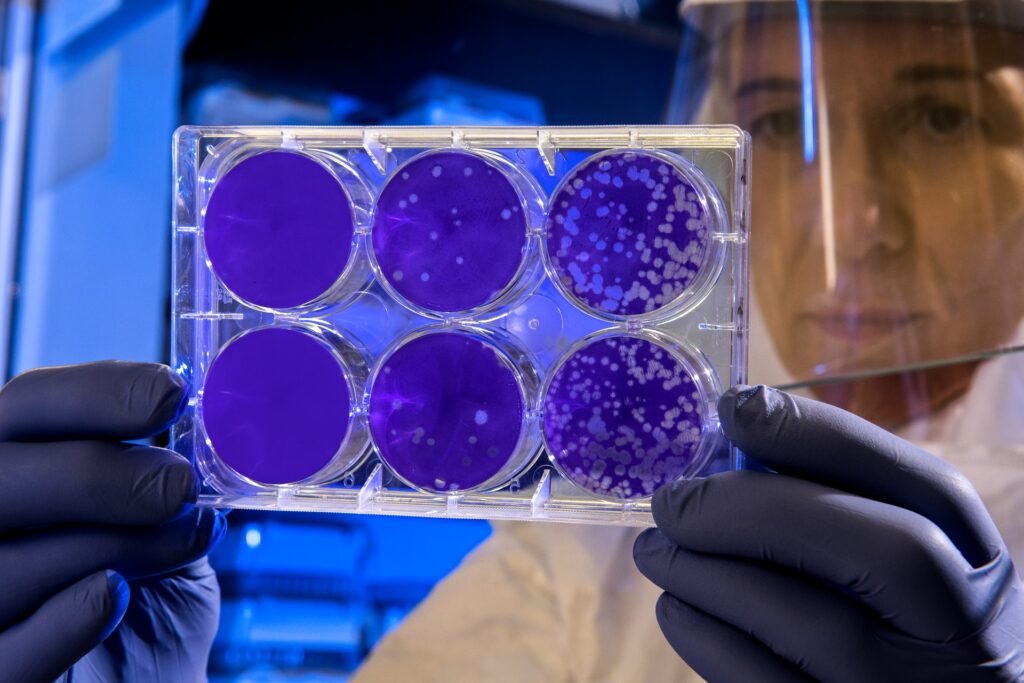Since discovering hybridoma technology and its inherent limitations, monoclonal antibody production has shifted towards recombinant-based methods. These simple and inexpensive methods have revolutionized several biological sciences. They remain the gold standard in antibody production, with the Chinese hamster ovary (CHO) cells serving as the industry’s workhorse.
The large-scale production of therapeutic antibodies poses additional challenges because of the complex glycans. They present some limitations that require more research for alternative systems to monoclonal antibody production.
Fortunately, there are strategies you can adopt to succeed in custom antibody production. This article discusses some of the best tips for successful antibody production.
Use serum-free growth medium.

Image source: https://unsplash.com/photos/tQZ9nTjsQwU
You can enhance the quality of antibody production by selecting a quality growth medium. The quality of a growth medium influences the expression of heterologous proteins. While the CHO cells are adapted to grow in a serum-based medium, it often leads to unpredictable yields and compromises the safety of the final product.
Hence, growth conditions have shifted from an animal-derived serum to a serum-free medium. The advent of recombinant technology has made it possible to produce complex nutrients such as albumin. These nutrients play an essential role in antibody production. So, create a specific growth condition that allows the rare codons to thrive. This condition allows efficient bacterial growth and protein expression because bacteria variants have unique traits that enable antibody production with rare codons.
During antibody production, use the best bacteria strain as a medium to optimize the process. For example, use a protease-deficient host strain with mutations such as E. coli during antibody production to reduce proteolytic degradation. It will enhance the solubility of folded proteins. The serum-free growth medium is crucial during protein production to reduce proteolytic degradation.
Change expression conditions
Image source: https://unsplash.com/photos/pwcKF7L4-no
Another strategy to optimize antibody production is by changing expression conditions. The highest expression temperature during antibody production can optimize the expression and purification process. Sometimes, low protein levels affect the overall antibody expression, limiting protein aggregation and synthesis. This can cause poor antibody production.
Use high expression temperatures to increase protein expression during antibody production. It enhances bacterial growth that affects the replication, translation, and transcription rates. With a high inducible promoter, you can maximize production under high-temperature conditions. The high expression levels ensure the protein accumulates in inclusion bodies which causes higher yields.
Also, slowing down the cell cycle progression can increase cell viability in production. For example, you can arrest the cell cycle in the G1 phase to increase the IgG4 antibody production. Some ways you can slow down the cell cycle progression include stimulating the expression of the cyclin-dependent kinase (CDK) inhibitor.
Improve protein folding
Image source: https://unsplash.com/photos/LiNIONbajm4
Focus on improving protein folding during antibody production as it affects the efficiency of monoclonal antibodies. For example, rapid bacterial protein expression causes unfolded proteins in the insoluble expression. You can improve protein folding by using fusion tags that increase protein solubility. Adding a fusion tag of a heterologous protein can increase the expression levels and produce maximum soluble protein yield.
Large heterologous proteins fold more slowly and then aggregate. As a result, you may need to use a second protein encoded on the same or separate plasmid to prevent this aggregation and improve protein folding. For instance, use a promoter system with a low basal expression.
Another method is codon optimization to improve protein folding during antibody production. This is where you replace the abandoned codon with the common ones while maintaining the amino acid sequence. You can also use strong expression promoters to create high protein concentrations that lead to protein aggregation before folding. This is because the overexpression of some enzymes can positively affect the expression of antibodies.
Optimize gene cloning, vector design, and transfection methods
The antibody genes are preferentially chemically synthesized or cloned in industrial antibody production through conventional gene cloning. These methods rely on a template and adequate PCR amplification conditions. Gene synthesis technologies are cost-effective and are the best alternative to traditional gene cloning. They don’t rely on a DNA template, thus allowing for precise sequence design and optimization.
Use the suitable expression vector during antibody production to help with plasmid selection. An appropriate expression vector increases the codon abundance and concentration. For instance, you can use replicons and promoters as expression vectors to drive protein expression. A lac promoter can drive protein expression because it contains a higher inducer concentration.
The choice and optimization of the expression factor play a crucial role in optimizing monoclonal antibody production. For this reason, you need to integrate antibody-encoding genes into the genome to achieve high expression levels.
A stability sequence can provide a buffer solution that optimizes antibody production. It offers a buffered solution that optimizes antibody production by amplifying amino acid solubility and polymerization. Add a stability sequence to your antibody production sequence to improve the purification services.
Modulate the translation of modification
During antibody production, use metabolic engineering to reduce waste accumulation and protein toxicity. Sometimes this protein toxicity can affect antibody production. It happens when there’s incomplete repression of protein expression. You can use several approaches to create a tightly regulated expression and reduce waste accumulation.
The best way to reduce protein toxicity is to use a promoter system with low basal expression. In most cases, the difference in codon frequency between an expression host and target gene can help reduce the toxicity. You can achieve it by modulating the translation of modification.
Another solution to reducing waste accumulation is purifying the protein in a well-buffered solution with higher unique strength. The presence of glutamine in the growth medium creates an undesirable accumulation of ammonia and lactate in recombinant CHO cell structures.
Bottom line
It’s possible to produce custom antibodies in a laboratory using these tips. The availability of commercial systems for recombinant protein expression makes it possible to produce antibodies. Today biological and biomedical sciences are using advanced techniques to enhance antibody production. However, you need careful planning and preparation to produce high-quality hybridomas.
Recently, CHO cells have become more critical in recombinant protein production. This article has provided several tips that can help you optimize antibody production. The primary focus is to ensure optimal protein expression conditions, such as the proper expression vector and ideal growth medium.

